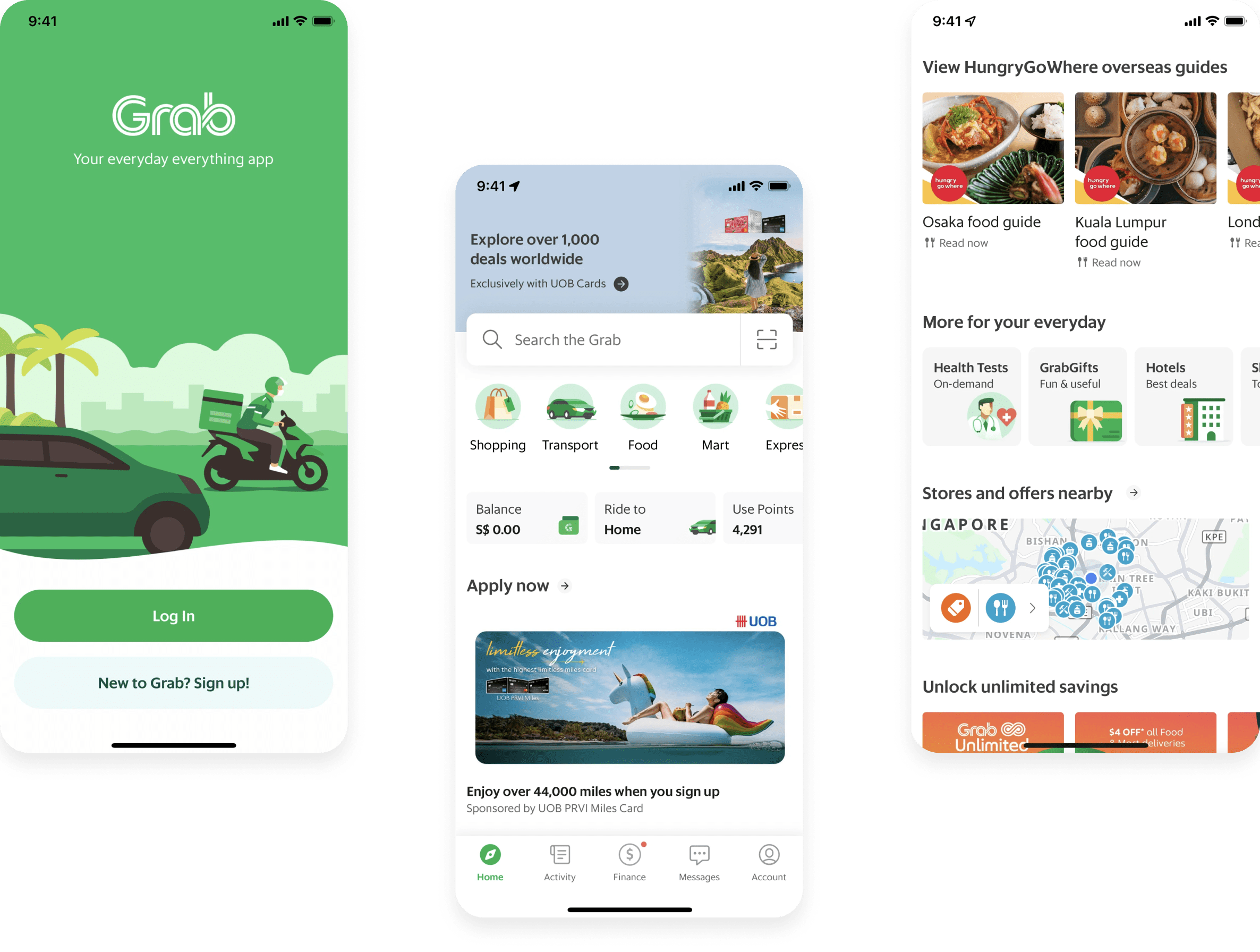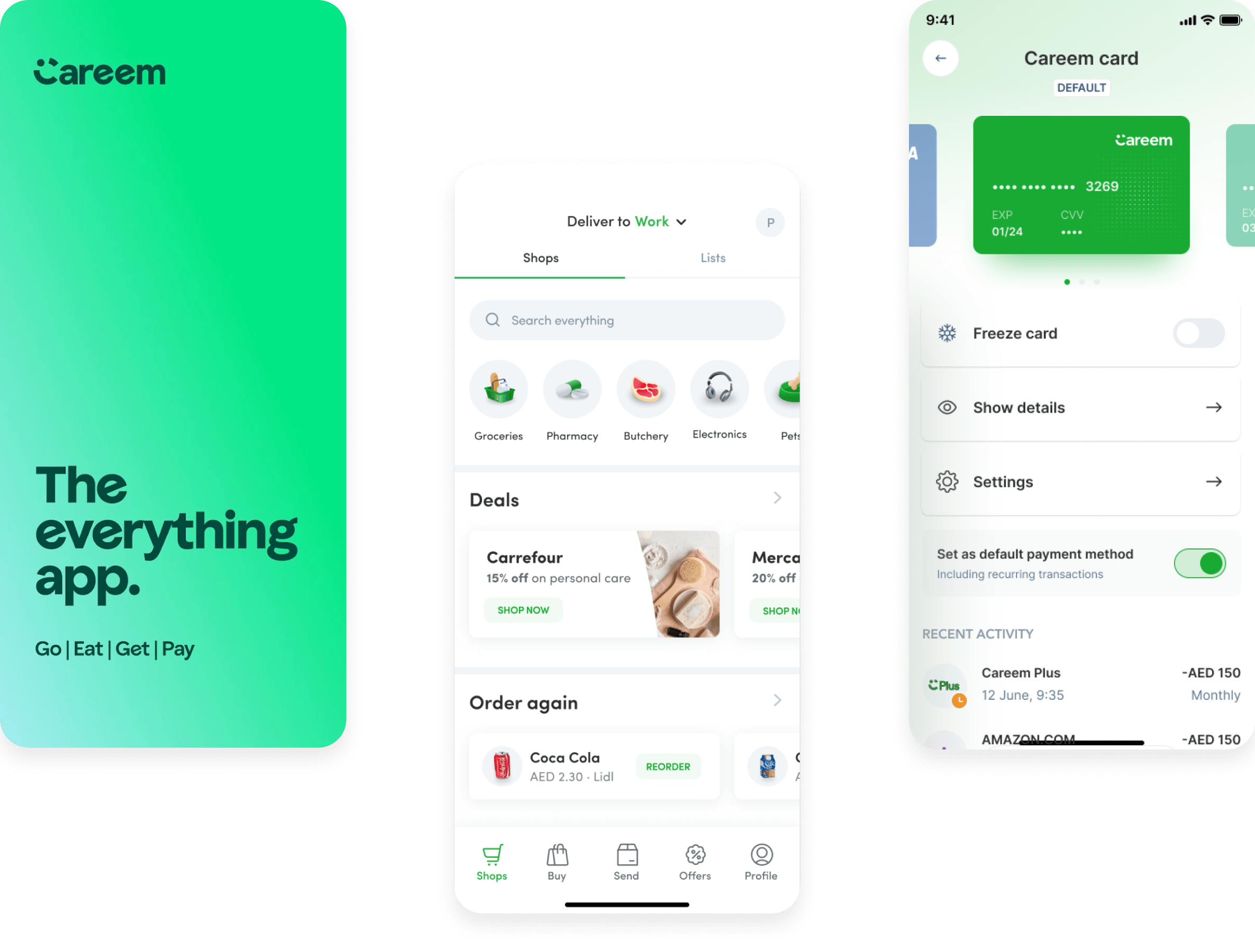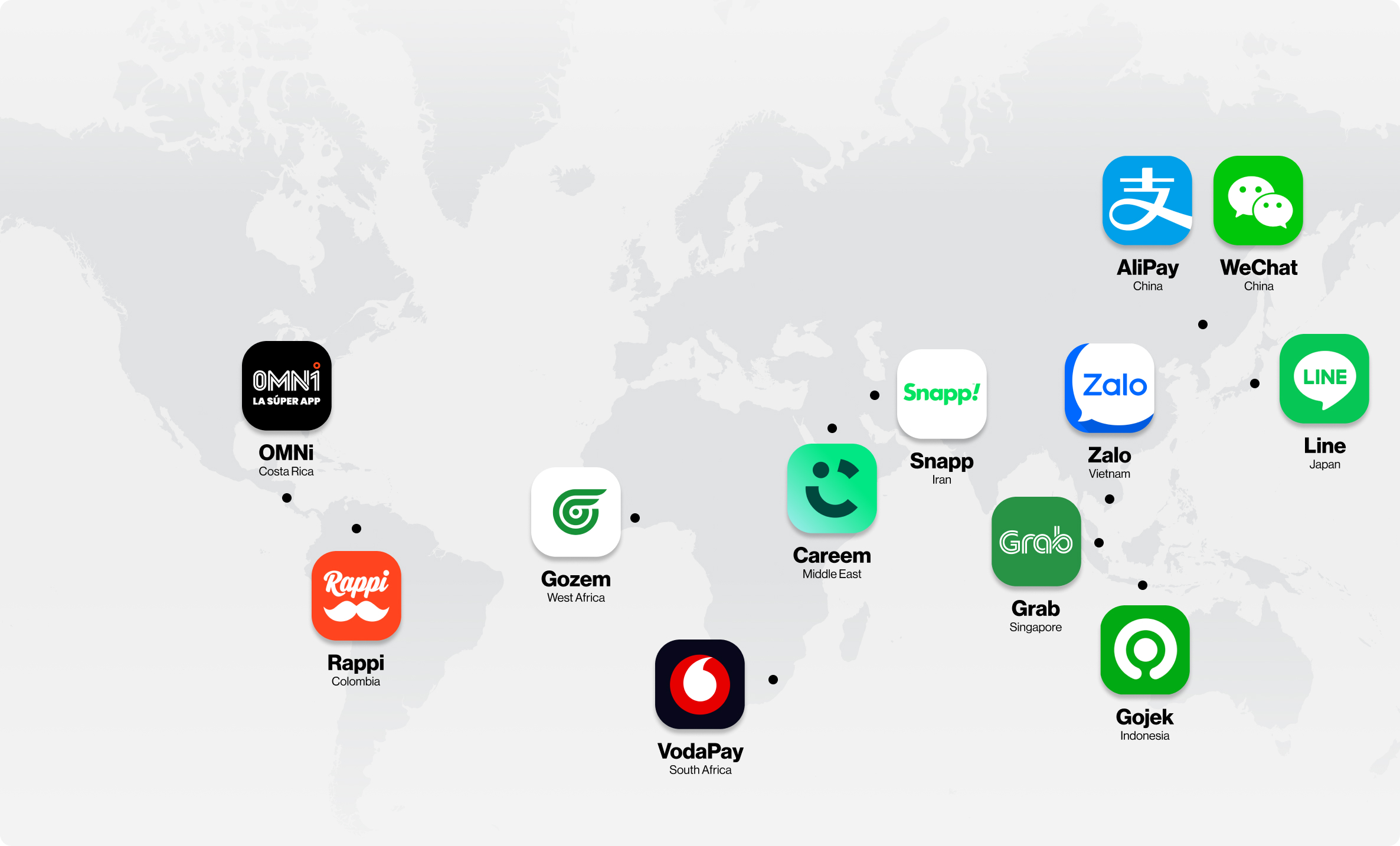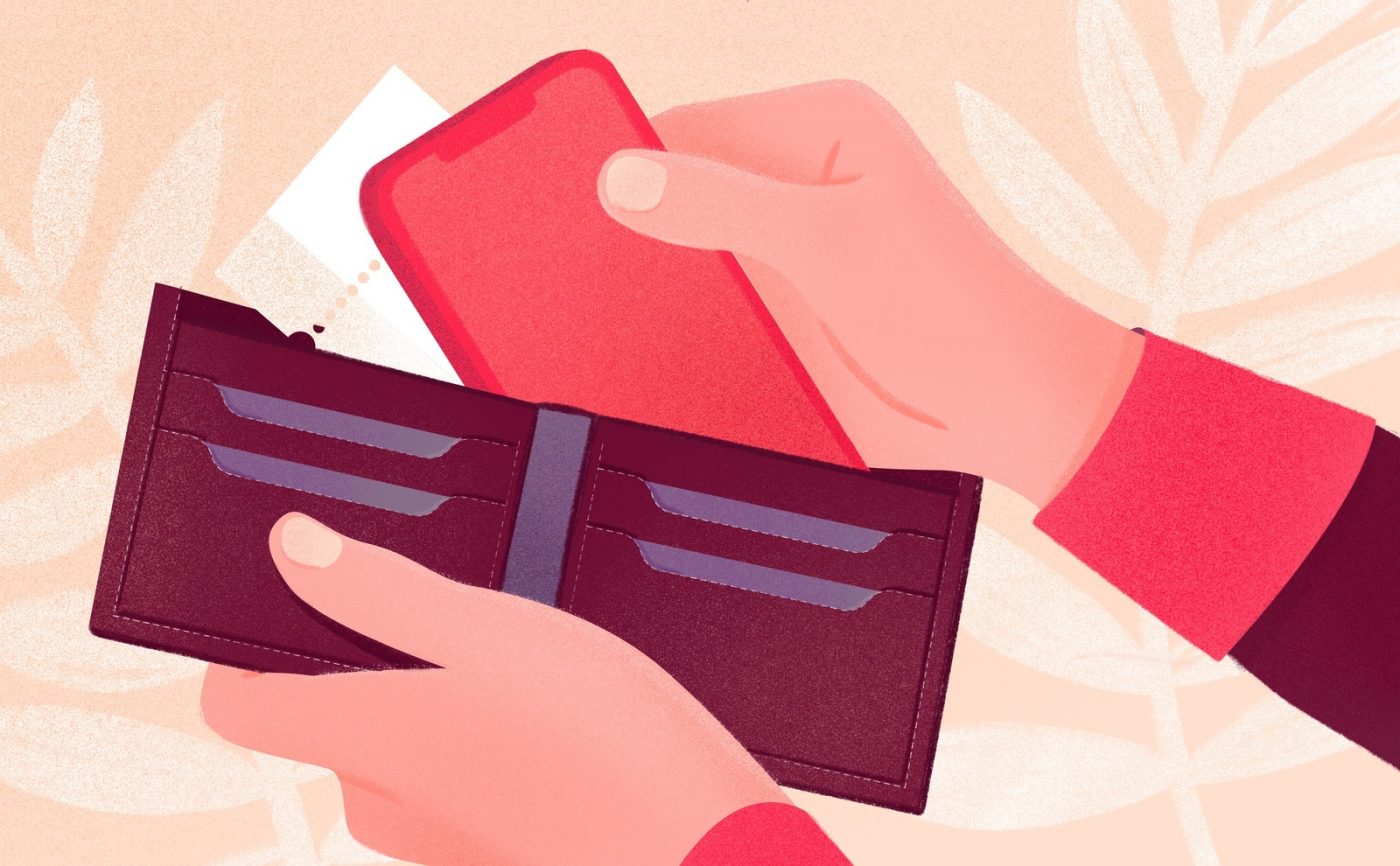Venturing into super app development may seem like an excellent idea. These large-scope, multi-purpose digital products can bring a heap of benefits to a business. However, they also come with an inherent set of challenges. Let’s explore what it takes to build a super app.
Once upon a time, but actually not so long ago, a client came to us with the idea of building an app that would include a number of services with little logical connection between them. It was to include “a little of everything”: an influencers-powered community, financial services, gaming-related content, and a number of other options. In essence, they were looking to build – a super app.
Super app development isn’t exactly a new concept. For a while, we’ve observed giants like WeChat or Alipay reap the benefits of these all-in-one wonder apps, but with Elon Musk’s ambitious plans about turning the social media platform formerly known as Twitter into one, super apps are back in the spotlight.
Businesses, no doubt, find the idea of super app development captivating. These large-scope, multi-purpose, web or mobile digital products with numerous features come with an array of potential benefits. However, building a successful super app also comes with a complex set of challenges. Only a handful of global companies have succeeded at it, and even this is in part due to very specific market conditions.
So, before you start jotting down your billion-dollar app idea like our client, let’s go over the specifics of what it takes to build a super app.
What are super apps?
The definition is simple. A super app is a mobile or web application that provides multiple functionalities and services in one platform. It allows users to perform different kinds of tasks without switching between apps.
The term was first introduced by BlackBerry founder Mike Lazaridis during a speech at the Mobile World Congress in 2010. He was referring to a “new class of applications” that use a digital platform or ecosystem to provide users with a seamless experience across devices. In other words, people can manage both daily tasks and less frequent ones all in one place.
Need to order a pizza? Check. Want to hail a ride? Check. Craving some late-night retail therapy? Double check. Super apps are the Swiss Army knives of the digital world, and they promise to revolutionize the way we navigate our daily lives.
Famous super apps
When we talk about super app development, the first example that comes to everyone’s mind is definitely WeChat. Its users can chat, play, order a ride, pay bills, donate money, buy movie tickets, and benefit from a number of other services within the same interface. In China, WeChat is omnipresent: the number of its monthly active users reached 1.29 billion in 2022, and 88% of all Chinese mobile users open it every day.
Other globally known super apps include:
Alipay (China)
A mobile payment platform that also provides financial management services like credit scoring, and loans, along with food delivery, ticket booking, and ridesharing.
Grab (Singapore)
Began as an on-demand taxi service and evolved into a platform that includes logistics, food delivery, package delivery, grocery shopping, hotel booking, transportation, messaging, ticket purchase, an on-demand movie platform, and digital payments service.

GoJek (Indonesia)
Offers more than 20 services, including digital payments, food and grocery delivery, and ordering home services such as laundry or cleaning.
Rappi (Colombia)
One of the fastest growing Latin American super apps that provides users with delivery of a variety of things such as food, clothes, and medicines, as well as a suite of financial services and a platform for booking events, concerts, travel, and hotel stays.
Careem (Middle East)
Offers a wide range of services across 12 countries. Its features include car rentals, taxis, bike-sharing, food delivery, retail, payments, etc.

Super-ish apps
It is perfectly clear that the examples above all belong in the super app category. However, there is an ongoing trend of well-known platforms expanding their services and features to other areas, and it is not entirely clear when does an app become super, and when it is…super-ish, to borrow Harvard Business Review’s term.
This is, for example, Facebook. The app now includes payment services, an e-commerce platform, gaming, dating, and podcasts. Uber also expanded its original ride-hailing offering to include bus charters, booking reservations, restaurant delivery, grocery delivery, and package delivery.
And Revolut might just be inches away from the super app status, if not already there. What originally started as a banking app now offers an array of financial services, including everything from instant payments to crypto and equity investment, a messaging feature, hotel booking services, and as of recently, a marketplace for booking tours and attractions.
Super app development and geography
We can easily notice how super apps tend to thrive in some areas of the world, and not others. All of the biggest ones originated in Asia or South America, while North America and Europe have yet to supply their contenders in this category.
There are a number of reasons behind this. First, the Western tech giants have been in the game long before the widespread adoption of smartphones, providing web-based services on desktop computers before introducing mobile apps. Even then, each app offered only limited services, which resulted in the fragmented market we see today.
On the other hand, many Asian consumers’ first experience with the Internet was through mobile platforms that gradually evolved into super-app ecosystems.
When Asia’s early major tech players emerged, the users weren’t locked into a number of separate apps, which allowed these companies to quickly grow their user bases and incrementally add new services spanning a wide range of everyday needs.

Another reason for this geographical imbalance is the difference between regulatory environments. Some of China’s super apps took advantage of limited government regulation in their early days. Data privacy protection, anti-trust policies, and the use of consumer funds were all underregulated, which allowed both WeChat Pay and Alipay to raise capital and expand their user bases in ways that would not have been possible in more tightly regulated markets. In fact, their early business models would hardly work in today’s China.
Common features of super apps
By definition, super apps boast a large number of diverse features. However, usually it’s a mix-and-match type of offer from the categories below:
- Communication: calling, messaging, video, chat, social media
- Media: music and video entertainment, news content
- Financial services: mobile payments, investment features, insurance, credit scoring, loan services
- Transportation: ride-sharing, ride-hailing, food and package delivery
- Retail: hotel bookings, event ticket bookings, e-commerce, e-pharmacies
- Lifestyle: job searching, real estate, rental services
Whatever features a super app provider decides to include in its portfolio, the general consensus is that in order for that app to be successful, at least some of them have to be “basic” features users need on a daily or almost daily basis.
Observing the types of features today’s biggest super apps offer, we can identify two types of features as being “core” to super apps:
1
Revenue-generating features
Usually, financial services, but can be any commission-based service such as transport, delivery, booking, or e-commerce.
2
Community-building features
Most super apps offer some sort of a “social” feature, be it messaging or social media.
Additionally, many super apps provide the option of mini-app integrations. This way, users can access multiple apps offering different services from the original interface with no need to download and install it or create a profile.
Benefits of super app development for businesses
Super apps are characterized by a diversified palette of services and large user bases, both of which translate to a number of business benefits.
Potential for increased user engagement and retention
When a wide range of services is available in a single app, the users are more likely to spend more time there, which increases their engagement and likelihood to return.
Diversification of revenue source
By providing multiple services in one place, businesses build up revenue to invest in more products and services. This way, they don’t depend on a single source of revenue, which gives them more flexibility and time to develop other areas of their business.
Data sharing
Super app users stay in the same ecosystem for extended periods of time, which gives ample opportunity for observing their behavior. App providers can track their preferences and usage and thus further enhance the user experience.
Attracting a massive user base
Because they offer so many different functionalities, super apps can attract a wider user base, and, therefore, more investors.
Challenges of super app development
The benefits that come with super apps can be very seductive, which is why it’s important to also address the challenges connected with creating one.
Competition
The competition in the areas we’ve defined as core for super apps, financial services and social features, is fierce. Any challenger in this field would have to compete with companies whose products have been around for practically decades. These major players have faithful user bases, and their products’ UX is polished to perfection.
Regulation
Building large digital ecosystems is not simple in today’s regulatory environments. Financial services are strictly regulated, and there are also data privacy and anti-trust laws in place. Super apps, by definition, offer many services and tap into several industries. A super app provider would have to meet the necessary requirements for each of those industries and services, and then some.
User expectations
Compared to the time when most of the world’s best-known super apps came into existence, the target audiences expect much more from their digital interactions today. What’s more, they are used to the interfaces they use every day (hello, Apple and Google), and will compare any other experience to what they know and love.
Building large user bases
In order for any of these models to be profitable, one thing is key – numbers. Individual fees charged per service or per transaction can hardly make for a lucrative business unless they are charged to a very large number of users on a daily basis. Established super apps count their daily users in millions, some even billions. Can you attract that many users, and do you have enough budget to keep you afloat until you do?
Super app development can be tricky
Since we are talking about large platforms that contain a multitude of features and functionalities, one would assume that super app development might also be a very demanding task from a technical perspective. However, there are a number of potential solutions at developers’ disposal that can be employed for building this type of large-scale digital product, depending on the project requirements.
By nature, tech challenges are deterministic. Once a project is underway, there shouldn’t be any dependencies and unknowns on the path to solving them, while on the business side of things, there remain plenty.
Having presented the pros and cons, it’s easy to see that achieving success with a super app is not simple. As beneficial as these apps may be for certain companies, super app development is a huge undertaking with no guarantees for success.
Remember our client’s story from the beginning? Recognizing that they wanted to build a super app from scratch, we started off with an intense discovery workshop and re-examined each of the features together with the client. Presented with arguments, they realized that this wouldn’t be the best route to take, especially for the MVP. We agreed to concentrate on a set of services within the same realm, which would allow them to build a community and then branch out to other areas when possible and if possible.
Lessons learned
No product, regardless if it’s a super app or any other type, should go into development without thorough research and a well-thought-out strategy. All features you decide to include must bring value to the users, make sense in the market, and be aligned with your business goals. The product must, above all, be feasible. Otherwise, you are investing your hard-earned budget into a game of market roulette.
What to do instead?
If you do have your heart set on super app development, we would always recommend a gradual approach. Make sure you start with a core package of services, build a user base around it, build trust, focus heavily on the user experience, and once you have the foundations in place, you can start slowly upselling your users with additional services. Who knows, maybe you won’t be the next WeChat, but maybe you can land somewhere in the super-ish space.
How to go about super app development, the smart way
However alluring super app development may be, it’s evident that the business landscape surrounding these versatile platforms is as competitive as it is rewarding. The select few global players who’ve made it owe their success not only to great business decisions but also to unique market conditions, many of which are unreplicable today.
If you’re considering building a super or super-ish app, we’d always recommend you first validate your idea with a product strategy professional. That way, you will have a pretty solid grasp of your chances for success before you start an ambitious project that will take up large amounts of your budget, time, and resources.











